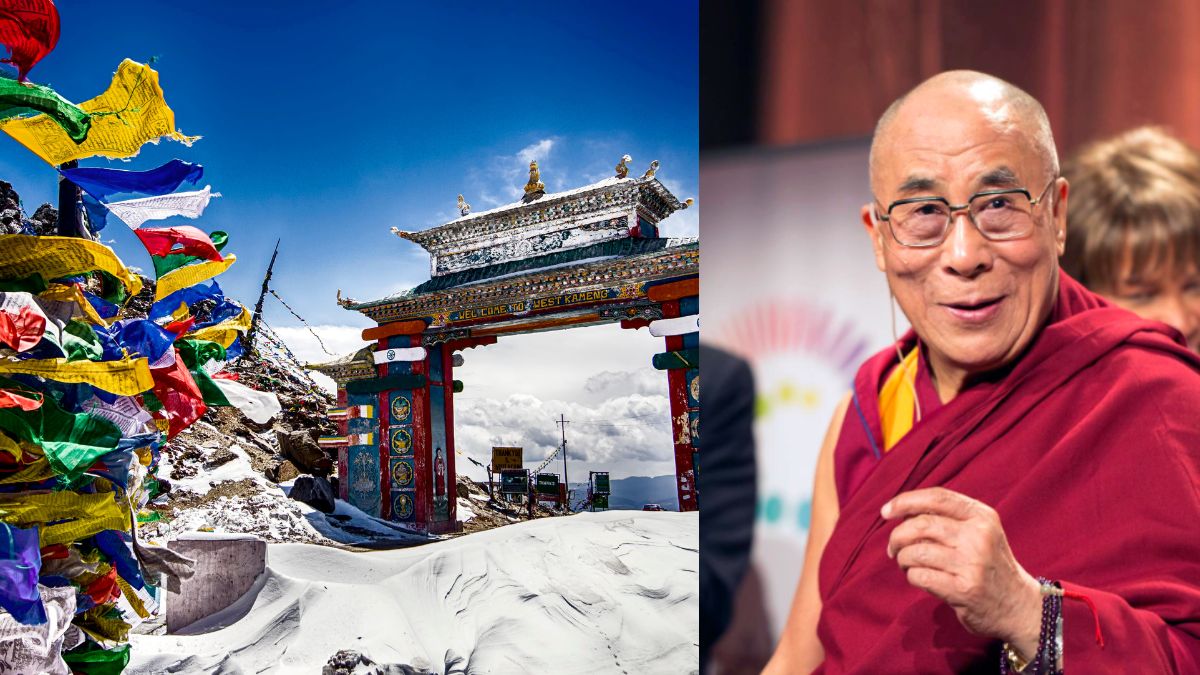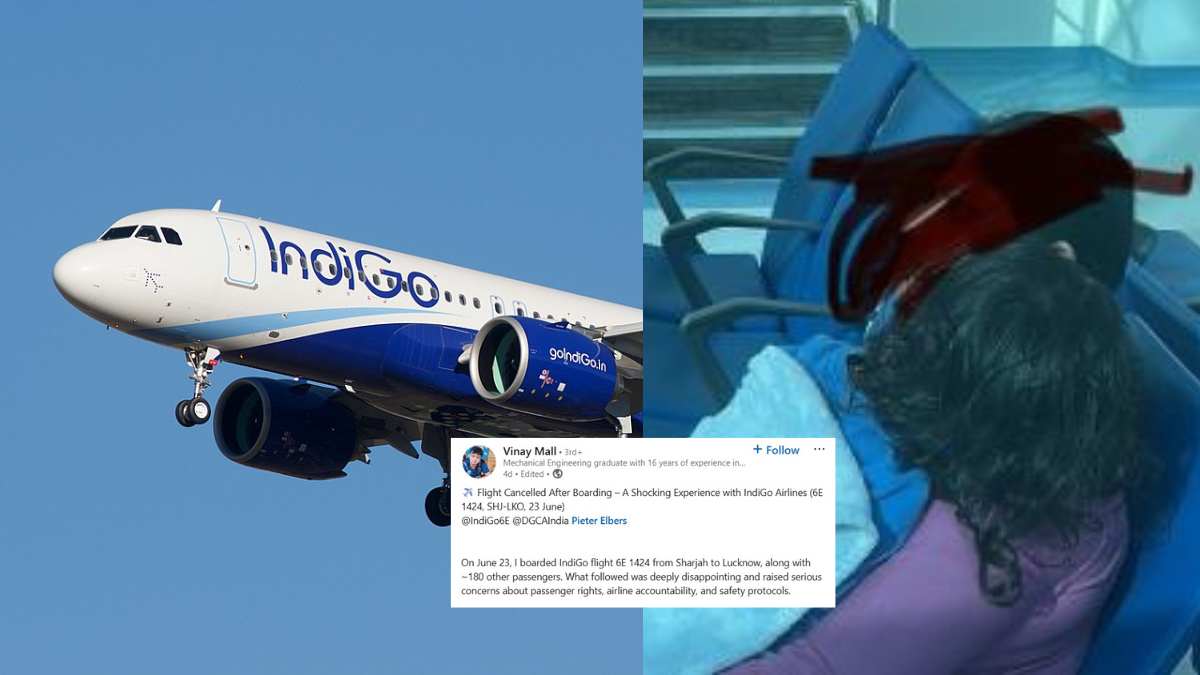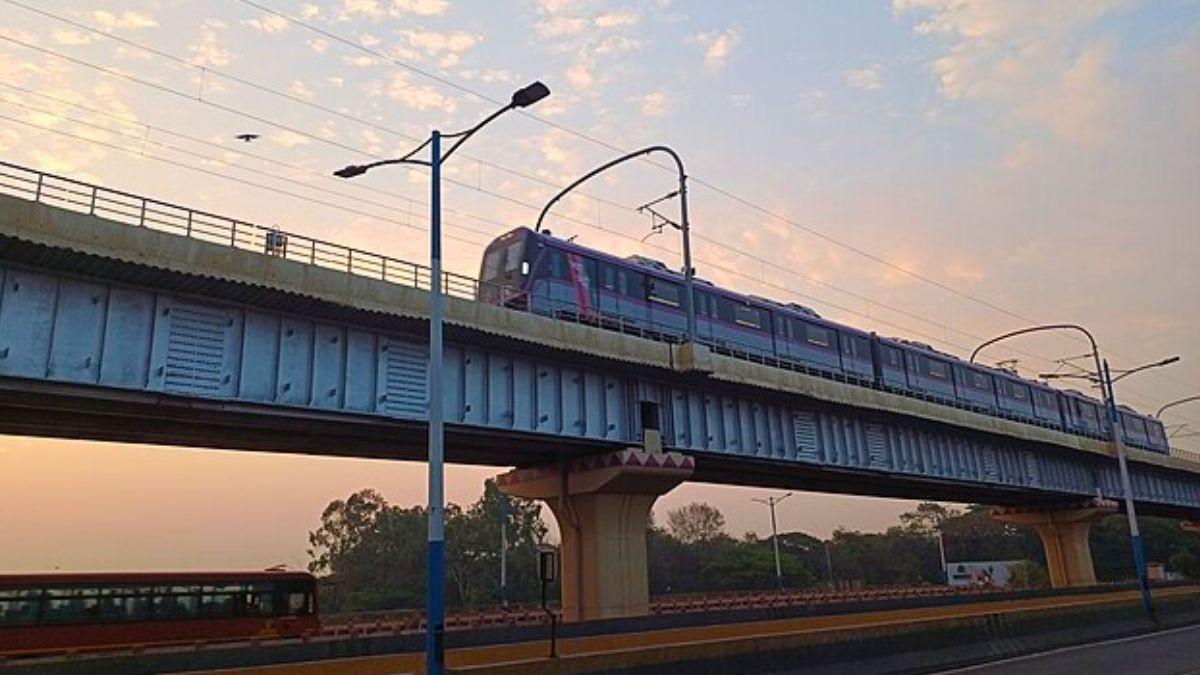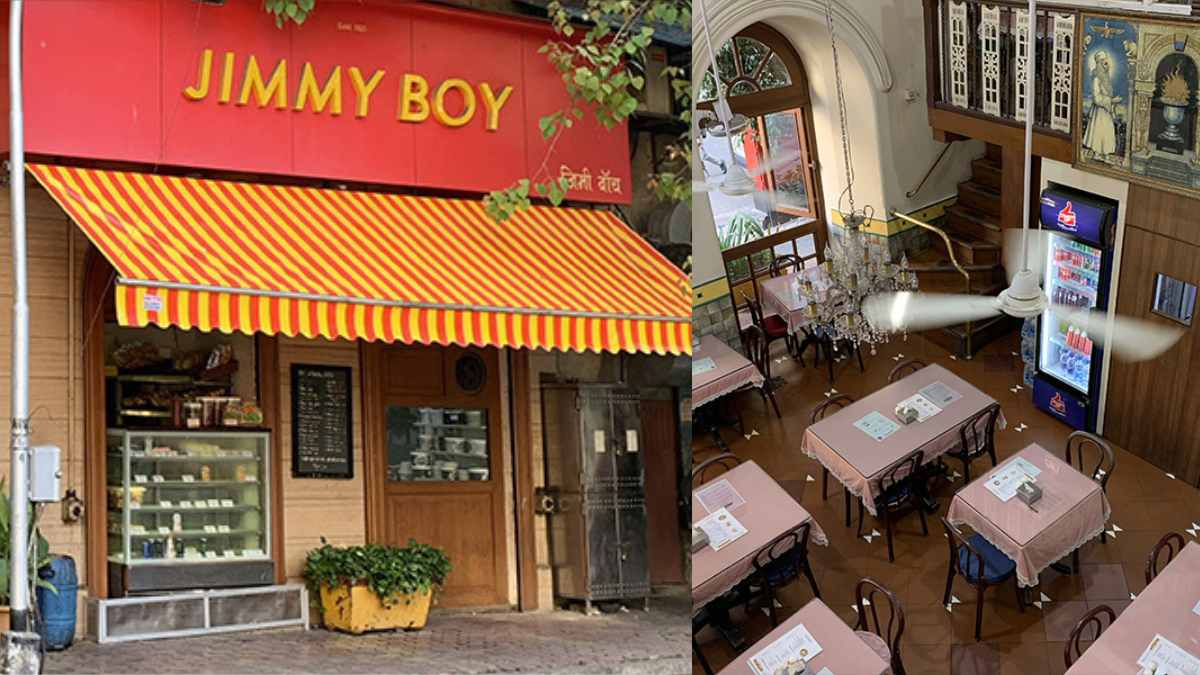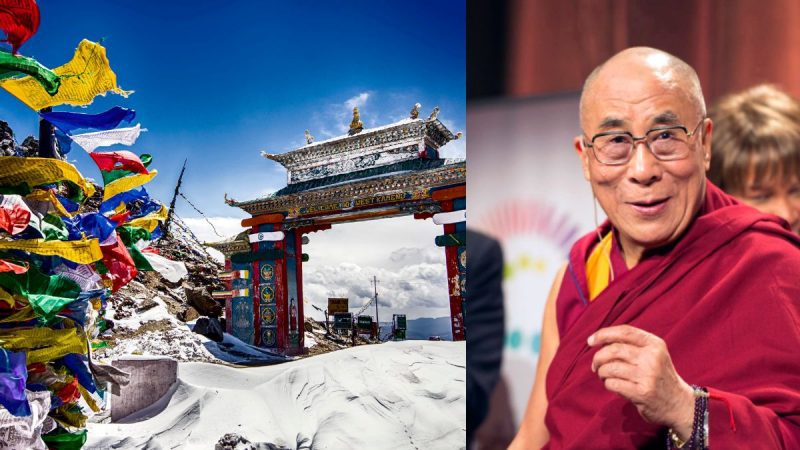Arunachal Pradesh is not only blessed with breathtaking natural beauty but also steeped in spiritual significance. The state has revealed intentions to transform the 1959 Dalai Lama escape road into a religious and spiritual tourism destination. During the covert voyage from Tibet to India, the spiritual leader sought refuge in Lumla and its surroundings.
Arunachal Pradesh’s Spiritual Circuit
Lumla Dolma Lhakhang is a huge statue of Jetsun Dolma(Tara Devi) with prayer hall underneath, associated with Buddhist tantra practice, situated at a peak of 11000 feet in Lumla Tawang, Arunachal Pradesh, facing Bhutan at West and Tibet at North.
With jaw dropping scenic beauty… pic.twitter.com/UUXwhpGlhN
— Darshana Jardosh (@DarshanaJardosh) December 27, 2023
From ancient monasteries perched on rugged mountainsides to serene lakes nestled in verdant valleys, Arunachal Pradesh’s spiritual circuit will offer a profound journey. The ancient Dalai Lama escape trail connects Kehn-De-mani in Tawang, Arunachal Pradesh’s Zemithang circle, to Tsona in Tibet. The state’s Public Works Department is leading the developmental initiative by placing five monoliths at each location where the Dalai Lama stayed overnight on his historic tour.
Lumla, which is located in the Tawang area, is expected to have a significant impact on the country’s tourism map because it was a key location during the 1959 Dalai Lama’s escape from Lhasa to India. The escape trail began in 1959 when the Dalai Lama, his family, and a few aides decided to risk their lives to travel to India to avoid the impending Chinese attack on Tibet. The 14th Dalai Lama fled to India in 1959, along with a few family members and advisers, as China attempted to annex Tibet and the revolt reached the palace in Lhasa. The 5 Assam Rifles, the inhabitants of Zemithang, the political officer of Tawang, and a group of eighty individuals officially met the Dalai Lama and his entourage at Khen-Dze-Mani on March 31, 1959.
ALso Read: Monsoon On North-East India’s Plate Part 2: Bountiful Harvests From Arunachal Pradesh
Places To Include
Offered prayers at Lumla Dolma Lhakhang in #Tawang district this morning.
A huge statue of #JetsunDolma (#TaraDevi) with prayer hall underneath is a must see – located at Lumla 45 Kms from Tawang headquarters. pic.twitter.com/xKsR1AEoaU
— Pema Khandu པདྨ་མཁའ་འགྲོ་། (@PemaKhanduBJP) November 13, 2019
This ambitious project will include five monoliths at spots where the Dalai Lama spent the night during his historic journey. The Lhasa Dwar, a little gate-like structure that marks the precise location where the Dalai Lama set foot on Indian territory, is one of the most notable locations on the Dalai Lama escape trail. A tree that is supposed to have grown exactly where the Dalai Lama dug in his staff marks the location.
The largest Buddhist stupa in the area, the Gorsam Chorten, dating back to the 12th century, and a hanging bridge are some of the other attractions in the area. During his travels, the Dalai Lama also spent one night at the stupa. Gorsam Chorten is the biggest Buddhist stupa in the area and was established in the twelfth century by the Monpa monk Lama Pradhar.
As part of the Center’s Vibrant Village Programme, the Zemithang enclave, another trailing stop, is anticipated to see strategic growth and change, transforming it into a thriving centre of spirituality and culture. As part of the plan, two gompas (monasteries) in Lumla and Thonglek have already been finished, and in Lumla, a museum featuring Dalai Lama-related artefacts is about to be opened.
In addition, a 113-foot Maitreya Buddha statue is being built in the village of Buri, near the Indian and Bhutanese borders. This project is expected to enhance the area’s historical and cultural tourism.
So, are you excited to see these places?
Cover image credits: Canva
For more such snackable content, interesting discoveries and the latest updates on food, travel and experiences in your city, download the Curly Tales App. Download HERE.
First Published: February 27, 2024 3:15 PM
